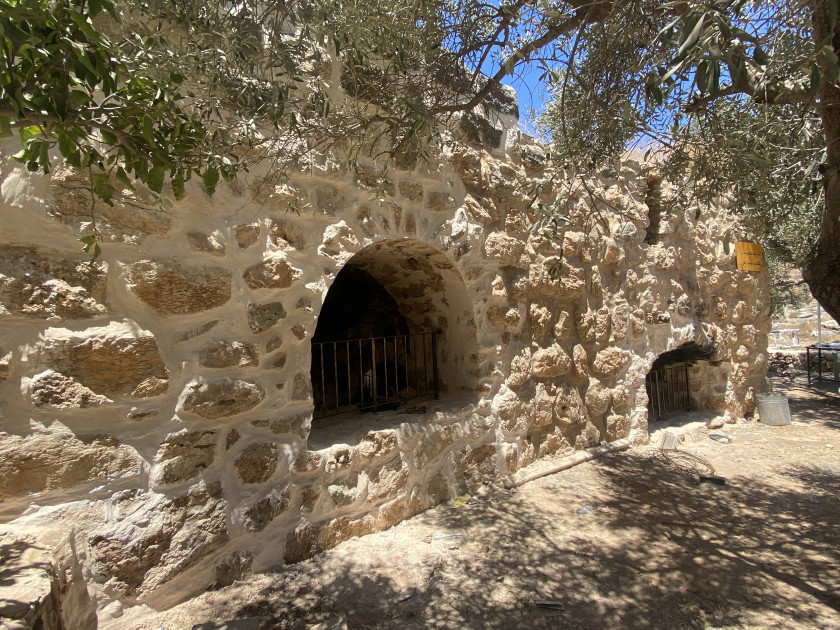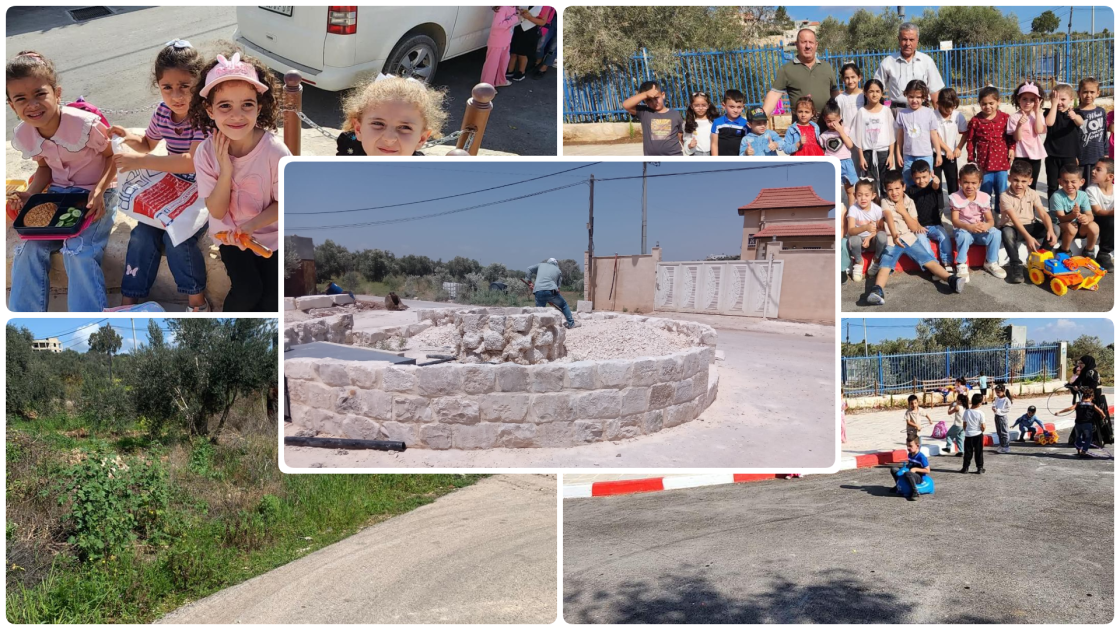Projects Bringing Time Back to Historic Sites
In an environment marked by restrictions and marginalization, the Association of Palestinian Local Authorities chose to turn to heritage as a tool for development—one that creates economic opportunities, reconnects communities with their legacy, and transforms historic sites into living social and productive spaces. Four projects carried out in partnership with municipalities became practical models of this approach.
Palestinian heritage is more than archeological landmarks; it is memory and identity deeply rooted in the land, and a source of resilience for communities facing political and developmental challenges. In Area “C,” which covers more than 60% of the West Bank, these sites remain constrained by occupation policies that prevent their development and deny villages and towns the ability to invest in their own resources. Yet experience has shown that reviving such places can open the door to tourism and economic growth, while strengthening national belonging and awareness of Palestinian identity.

From this perspective, APLA supported LGUs in implementing projects that reactivated historical and natural landmarks in 5 localities—moving them from marginalization or neglect into productive spaces at the heart of community life.
Ein Salman in Beit Duqqu: A Fortress that Regained Its Time
At the entrance of Beit Duqqu, a village resting on the slopes near Jerusalem, grape clusters hang as if greeting visitors. The people here turned steep hills into green terraces that yield sweet fruit, making their harvests a mirror of survival and resilience. This stretch of green, and the stone walls that stood against the separation wall, are not passing details but the essence of Canaanite wisdom—an inspiration born from the land itself.
Beit Duqqu is a living field and a living archive. Its 1,500 dunums are covered with vineyards, olive trees, and almonds, all watered by fresh springs such as Ein Al-Salman and Ein Jifna. The village also holds marks of ancient civilizations: Roman tunnels in Khirbet Jifna, Wadi Al-Fuw war that flows in winter, and the old “Aqd Beit Salman,” once a resting place for caravans. Every corner of the village says that history never left this land.
war that flows in winter, and the old “Aqd Beit Salman,” once a resting place for caravans. Every corner of the village says that history never left this land.
At the heart of this landscape lies Ein Al-Salman—a spring flowing into a stone pool, beside an old fortress with arches and towers. The place tells the story of Salman the Resolute, who chose it in the 16th century for its water and pastures. For today’s villagers, it is not ruins but a living site: children play in its courtyards, families rest in its shade, and the sound of water connects past and present.
To keep this heritage alive, "Enhance the visitors flocking to Ein Salman archaeological and touristic site” Project was carried out. New walking trails were built to link the site with surrounding vineyards, making the visit part of the village itself. Solar energy allowed activities to continue into the evening, while awareness campaigns placed the site back on the map for visitors.
The impact was clear: jobs for young people, active roles for women, and days of volunteer work given by the community. Visitor numbers grew, and so did the income of the local council. But the deeper value is beyond money—Ein Al-Salman has become a space where people gather, share their history, and turn memory into daily resilience.

Al-Hafeera in Rummana: A Well Reconnecting Land and People
On the edge of Marj Ibn Amer stands Rummana, guarding the northwest of Jenin. An ancient village rooted in history; its name tied to centuries-old Roman olive trees whose trunks still carry the marks of time. Once its lands stretched as far as Megiddo and Afula, before the occupation seized most of them and built the wall that cut the village off from its natural depth. Yet Rummana endures, alive through its people, who cultivate their land and preserve their identity through memory and work.
At the heart of this landscape lies Al-Hafeera, a historic well closely linked to farming and daily life. It brought farmers together around its waters and became a starting point for the Palestine Heritage Trail. Here, water flows into the fields, and people gather in the seasons of plowing and harvest—making Al-Hafeera a lasting witness to the bond between land and community.
From this legacy came the Al-Hafeera Heritage and Tourism Rehabilitation Project, designed to create a space where heritage and development meet, bringing time back to the well and its surroundings. The project restored the historic well, rehabilitated the valley, and transformed the area into an open public space with green seating areas and natural trails. Three new eco-paths were also created, linking the site with olive, almond, and grape groves, turning every visit into an experience that blends history with nature.
The impact was clear: visitor numbers increased sevenfold, and more farmers gained access to the well’s water, boosting local agricultural activity. Tourism also supported small businesses, increased the village council’s budget by 18%, and created 19 new jobs.
The local community was at the heart of this journey, contributing 49 days of volunteer work to clean and prepare the site, while a permanent team of three volunteers continues to support the council in managing and sustaining Al-Hafeera.
Al-Hafeera Heritage and Tourism Rehabilitation Project stands as a pivotal milestone in Rummana’s path. It strengthens eco-tourism, safeguards cultural heritage, and lays the foundation for sustainable development in the village. By opening new social and economic opportunities, the project enhances the resilience of citizens in the so-called Area “C” and supports broader social and economic development across the region.


These projects are part of the Sub-Grant Program, which is implemented by the Association of Palestinian Local Authorities (APLA) in Area C. The initiatives under this program are not merely about infrastructure improvement, but serve as practical tools to keep communities rooted in their land, expand spaces of life in the face of closure and confiscation, and turn development into a daily act of resilience that safeguards rights, memory, and existence.
funded by: the European Union and the Swiss Agency for Development and Cooperation (SDC)

 Key Indicators
Key Indicators
 Cultural Heritage
Cultural Heritage
 Public Parks
Public Parks
 Renewable Energy
Renewable Energy